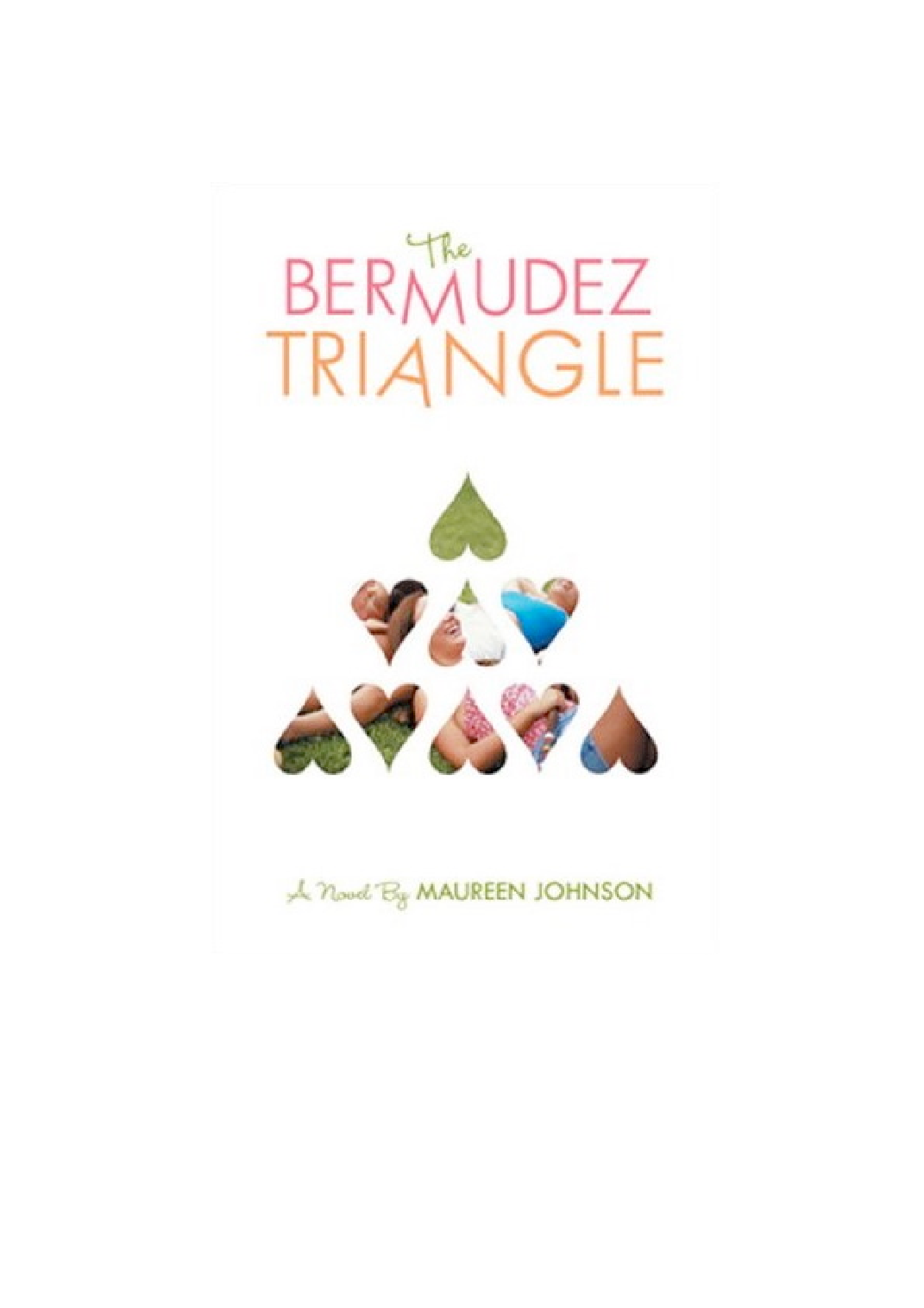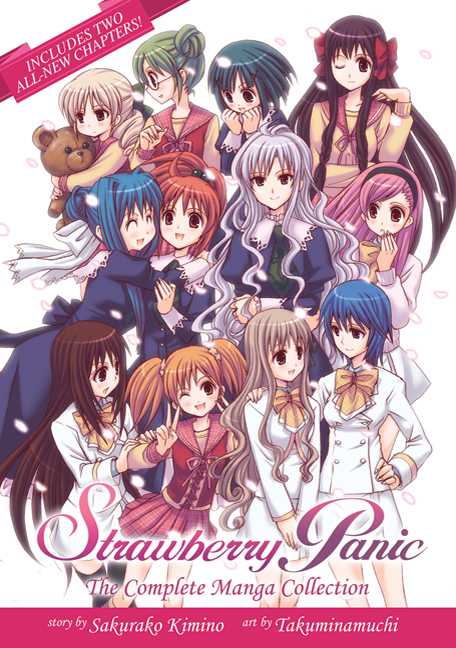Nina, Mel and Avery have been inseparable for as long as they can remember — until Nina decides to attend a leadership program at Stanford the summer before her senior year of high school. Mel, who knows she is a lesbian but has never spoken it aloud, plans to spend her summer working alongside Avery at a local restaurant in Saratoga, New York. Having her first real kiss with Avery was definitely not on the agenda, but once it happens, there is no turning back.
As Mel and Avery make the transition from best friends to girlfriends, Nina starts dating a boy in her program, an environmental activist from Oregon. Nina’s relationship seems perfect – she has finally met someone with as much ambition as her – but becomes complicated after she returns to New York. Mel and Avery’s relationship is far from ideal, and as the book progresses, the two become entangled in some scenarios that call into question whether they are better off as friends, partners, or neither.
I liked that Johnson was true to the teenage experience in documenting the ups and downs of high school relationships, but I also felt uncomfortable being thrust into the midst of the tension. While I agree that conflict is inevitable in portrayals of young love, there are parts of the story that seem bogged down by problems. These issues contribute to the likeability of the main characters; while no girl is flawless, there were many instances in which I sided with one over another, or felt that they could have easily avoided hurting each other. I know this is a deeply contested issue at the moment, especially concerning female characters, but likeability often determines whether readers (particularly adolescent readers) can connect to a text, and I suspect that Johnson alienates some readers at certain points in this novel.
[spoilers] There is also some controversy over how Avery’s confusion about her sexuality was handled, and whether her hesitance to identify as anything other than straight perpetuates biphobia. Johnson’s response to a bisexual reader’s letter on the subject notes that she wanted to illustrate a relationship that didn’t have a traditionally happy ending (as often happens when close friends decide to date). Ultimately, Johnson writes that Avery looks like the bad character because she is the one who breaks up with the extremely likable Mel, and that Avery’s choice to go back to dating boys is the result of her internalized homophobia. Though this is a valid explanation, the reader is left rooting for Avery to overcome her fears, and the fact that she never gets there is upsetting. [end spoilers]
I also wish that the plot itself had been a little more complex; it was interesting, but did not stand out from other, similar novels. That being said, The Bermudez Triangle was written in 2007, and LGBT YA has become more self-conscious of “queering” your typical coming out story in more recent years. Overall, I would say that Johnson’s novel was a good quick read, but not one of my absolute favorites in this genre.




